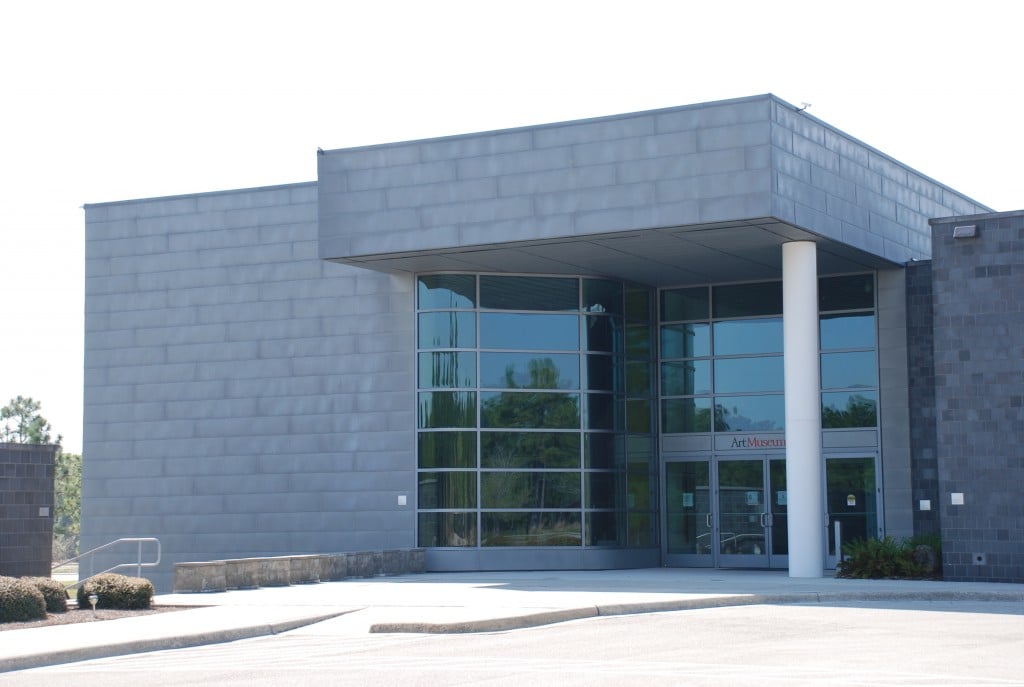Titan battle makes the Wall Street Journal
Clash of Old, New Economy
Cement Plant Is Resisted by Some Neighbors Who Would Rather Lure High-Tech Jobs
By MIKE ESTERL
WILMINGTON, N.C.—The old economy and the new economy are squaring off in this coastal city, which is having second thoughts about revisiting its roots in heavy industry.
Titan Cement Co. of Greece wants to build one of the largest U.S. cement plants on the outskirts of the city and is promising hundreds of jobs. The factory would be on the site of a cement plant that closed in 1982 and today is populated mainly by fire ants, copperhead snakes and the occasional skateboarder.
The proposed $450 million plant is welcome news to Ron Givens Sr., a 44-year-old unemployed Wilmington native whose father supported 12 children while working at the former cement plant. Mr. Givens and two brothers have applied for jobs with Titan. “I will apply for janitor if that’s what is going to get me into that plant,” he said.
But thousands of opponents have petitioned local and state politicians to block the plan. They object to the emissions from the plant and say it will scare off tourists, retirees, entrepreneurs and others who might otherwise want to live here.
An initial state environmental review has dragged on for two years, and critics of the plant have filed a lawsuit seeking to further broaden the review.
“That’s their tactic: Delay, delay, and at some point Titan will leave,” said Bob Odom, Titan’s general manager in Wilmington, of opposition efforts.
Among the most vocal opponents is a fast-growing class of high-tech entrepreneurs and telecommuters who moved to Wilmington in recent years, drawn to the temperate climate, sandy beaches and good fishing. They argue the plant, by curbing the community’s appeal, will cost more jobs and tax revenue in the long run than it produces.
“I think we can be discriminating,” said Lloyd Smith, a 43-year-old entrepreneur who moved here from northern Virginia in 2001 and founded Cortech Solutions Inc., a neuroscience company with nine employees and about $5 million in annual sales.
The standoff in Wilmington reflects a broader tug-of-war across the country as communities try to kick-start employment. It is unclear how much manufacturing will power the long-term U.S. economic recovery—even in southern states that have long embraced heavy industry but have begun to feel the new economy’s pull.
In New Hanover County, where Wilmington and the proposed cement plant are located, the area’s unemployment rate rose to 10.5% in January, the most recent data available. Jobs were singled out as the most important issue facing the county in a February poll of 400 residents. Yet 43% in the poll said the Titan plant would have a negative effect on the county; 36% viewed it as positive.
Opposition to the plant has caught community leaders off guard. After the local economy was dealt a heavy blow half a century ago when a railroad employer left for Florida, Wilmington Industrial Development, a pro-business group, recruited firms such as Corning Inc., DuPont Co. and General Electric Co. to build plants in the area.
Wilmington became an industrial magnet, even as other revenue sources such as tourism and film production began to take hold. Then a few years ago, after many local employers shed workers or shut down plants, the group lobbied local politicians to bring Titan to the area.
“Not everybody is going to be a software engineer. It takes a myriad of jobs to make a community,” said Scott Satterfield, who has lived in Wilmington for four decades and has headed Wilmington Industrial Development since 1995.
Among critics of the plant is Ian Oeschger, an International Business Machines Corp. software developer and avid surfer who moved to Wilmington in 2004 from the San Francisco area. Wilmington “attracts people who can live anywhere they want,” said Mr. Oeschger, 40, who works from home.
Mr. Oeschger and others in opposition say the plant’s proposed limestone mining operations and 425-foot smokestack would spill unsafe levels of mercury and other contaminants into the air and water, including the Northeast Cape Fear River, which borders the site and flows into the Atlantic Ocean.
Titan counters that economic spillover from the proposed plant could generate more than 400 jobs overall—including the 160 direct jobs—and that its capped annual emission of 263 pounds of mercury is equivalent to a resident eating one and three-quarter teaspoons of canned light tuna a month. State environmental regulators haven’t concluded their own review.
At the County Line Bait and Tackle store a couple miles downriver from the proposed plant, owner James Smith said he allowed Titan opponents to put up some signs outside about a year ago. But he removed them after pro-Titan customers complained. “I’m just a one-legged man on the fence trying to keep from falling off,” he said. “We need the jobs here as long as it doesn’t mess up the water.”
http://online.wsj.com/article/SB20001424052702303450704575159930129774868.html





Leave a Reply